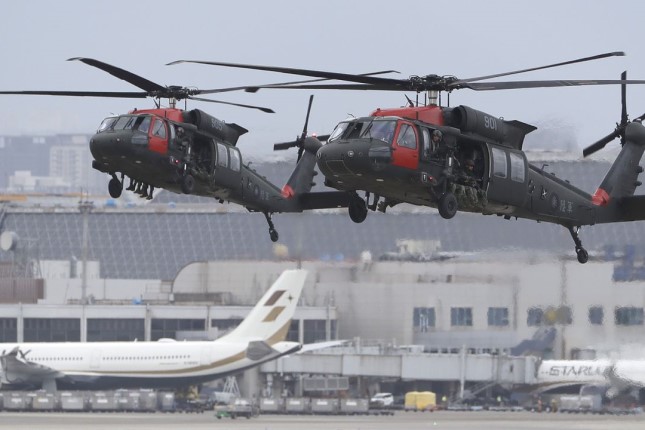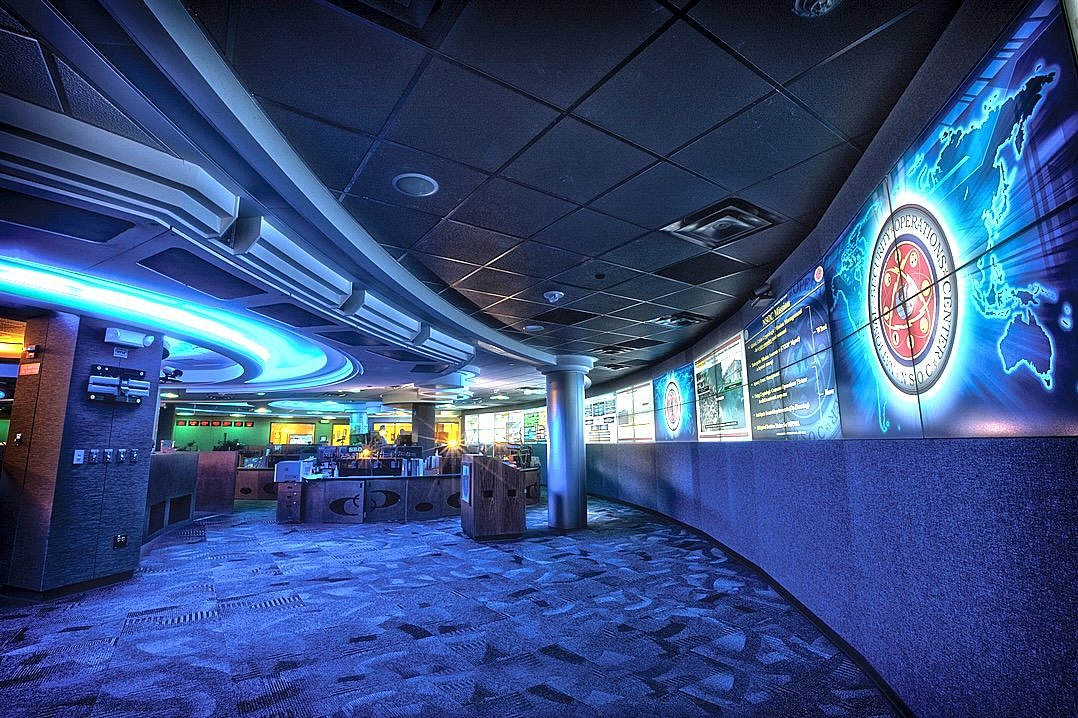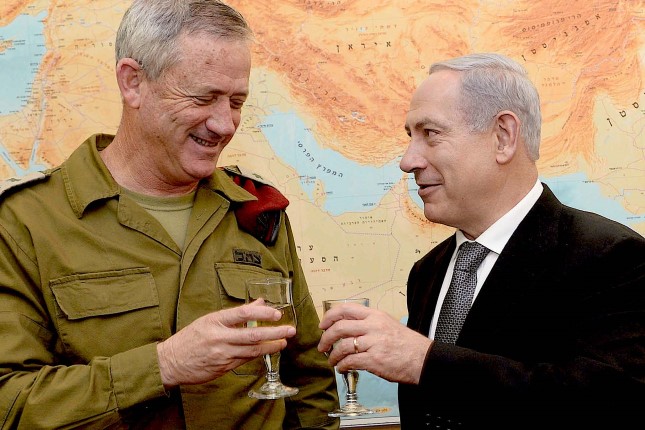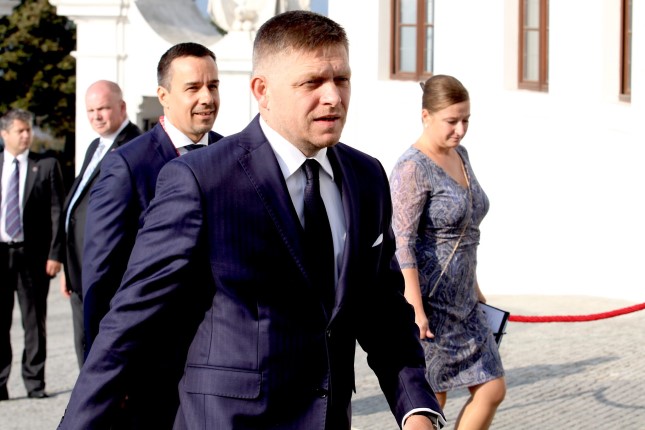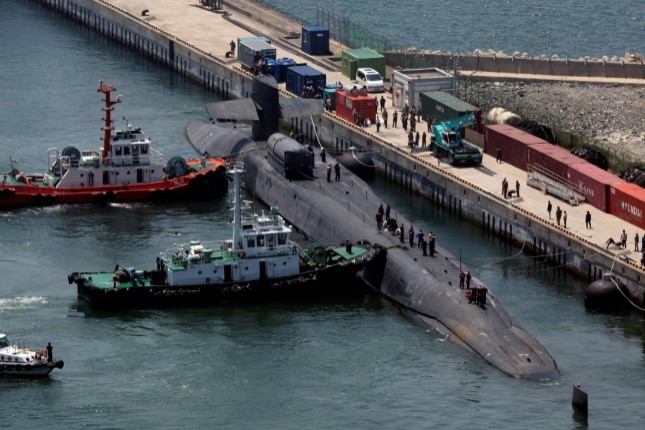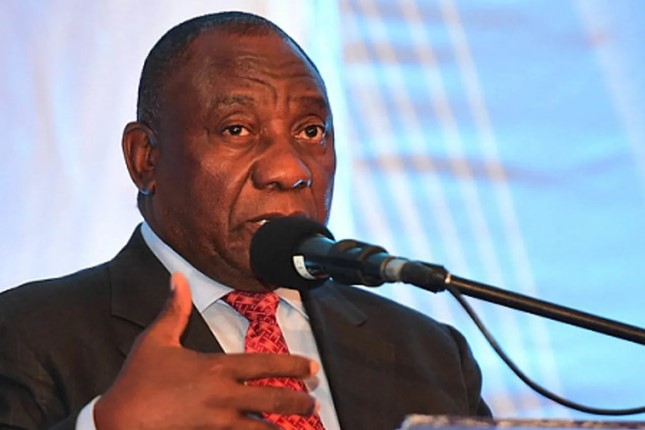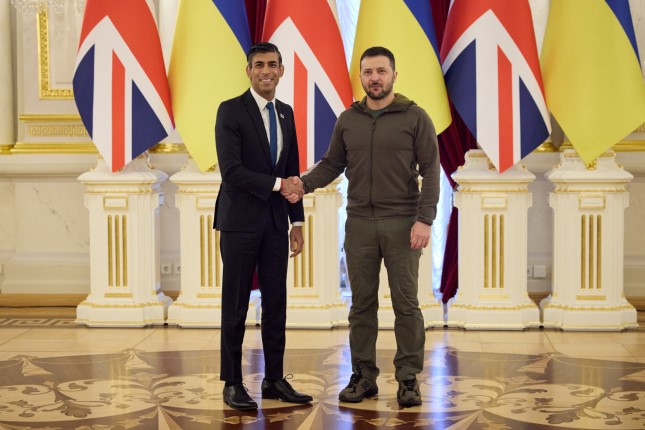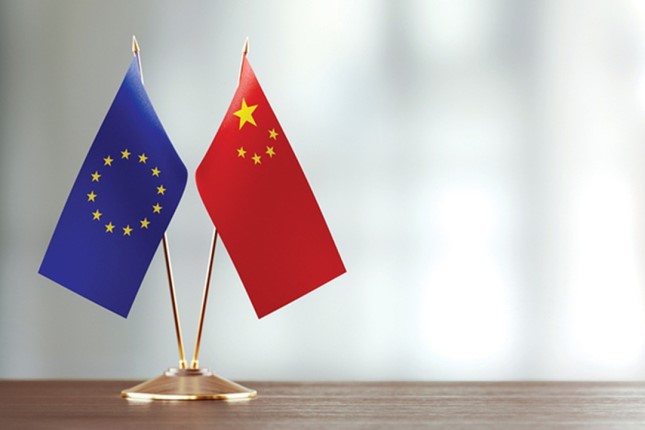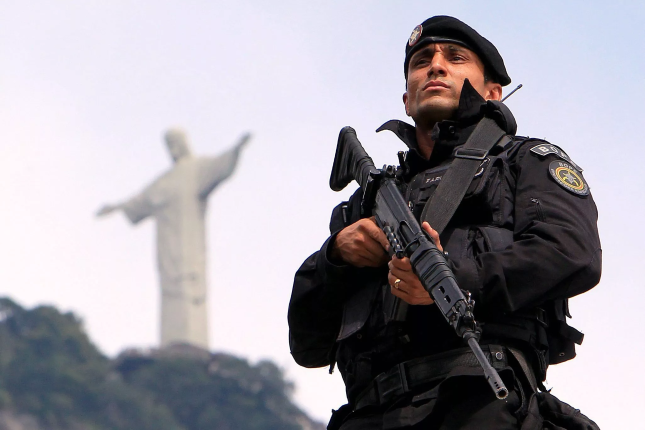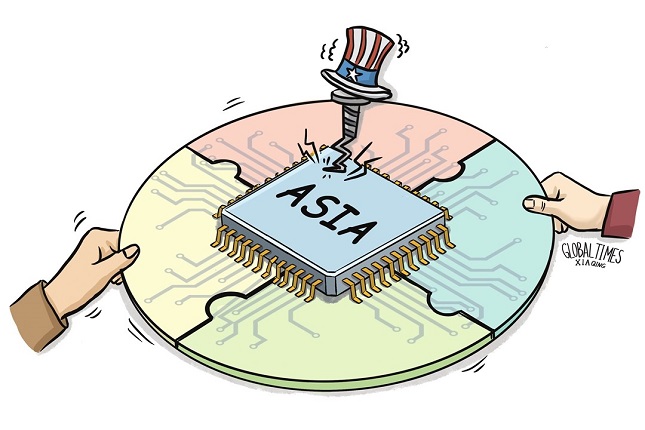The announcement marks another step to arm Taiwan to the teeth as Washington escalates its provocative confrontation with China.
This provision of arms to Taipei is not an arms sale as in the past. Rather it is being carried out under a Presidential Drawdown Authority that was approved by Congress last year to bolster Taiwan’s armed forces. The military equipment will be drawn directly from US defence stockpiles.
Significantly, the Biden administration has used the same provision to supply Ukraine with billions of dollars in US military equipment to intensify the war against Russia. Just as it goaded Russia into a conflict in Ukraine, the US is deliberately provoking a conflict with China over Taiwan.
As cited by the Financial Times, a Chinese embassy spokesman in Washington, Liu Pengyu, stated: “China is firmly opposed to US’s military ties with and arms sales to Taiwan.” He warned the US to “stop selling arms to Taiwan, stop creating new factors that could lead to tensions in the Taiwan Strait and stop posing risks to peace and stability in the Taiwan Strait.”
The US is intentionally undermining the One China policy, which de facto acknowledges Beijing as the legitimate government of all China, including Taiwan, and formed the basis of US-Chinese diplomatic relations established in 1979. Washington knows full well that China has long warned that it would respond with force to any declaration of independence by Taipei.
The Biden administration has not only abolished longstanding diplomatic protocols limiting contact between US and Taiwanese officials but is boosting military ties as well. In 1979, the US ended its military treaty with Taiwan and withdrew all forces from the island. Now under the guise of military trainers, US troops are returning.
Biden also has effectively ended the US stance of “strategic ambiguity”—leaving open the option of coming to Taipei’s aid in the event of a military conflict with Beijing. The “ambiguity” policy was not only aimed at restraining China, but also at preventing diplomatic or military provocations by Taiwan. Since taking office, Biden has repeatedly declared unconditional support for Taiwan in any war.
The Biden administration has already sold billions of dollars in arms to Taiwan and now for the first time is directly supplying arms from US military stockpiles. In announcing the package, the White House gave no details of the military equipment but said education and training would be included.
In an email cited by the Washington Post, US Defense Department spokesperson Sue Gough said: “The drawdown includes self-defense capabilities that Taiwan will be able to use to bolster deterrence now and in the future.” The military hardware would “address critical defensive stockpiles, multi-domain awareness, anti-armour and air defence capabilities.”
The Financial Times reported in June that plans were underway in the US to sell four MQ-9B Sea Guardian drones to Taiwan to provide intelligence on Chinese naval movement, to be shared in real time with both the American and Japanese militaries. Real-time, shared intelligence of sea and air movements, or “multi-domain awareness,” is precisely what is required for modern warfare.
In American military circles, there is open discussion of the need to draw the lessons from the Ukraine war and adopt a “porcupine” strategy to inflict maximum casualties and damage on any invading Chinese army. By providing arms and training, rather than just selling military equipment to Taiwan, the US will have a greater say over the orientation, tactics and strategy of the Taiwanese military.
Last week the Taiwanese military carried out its annual, multi-day war games known as the Han Kuang exercises, focussed on repelling a Chinese invasion of the island. This year’s drills dealt more heavily than previously on threats to major infrastructure and transportation hubs, including the island’s main Taoyuan international airport.
The defense ministry reported that the airport exercise involved six helicopters and around some 180 soldiers in practising the repulsion of an enemy force that had seized control of air traffic control facilities. Top government and military officials, as well as representatives from the US de-facto embassy in Taipei, watched on.
In the southern city of Tainan, disaster-response drills, which have in the past focussed on earthquakes and typhoons, were timed to coincide with the military exercises. As reported by the Wall Street Journal, the simulation involved “balls of flame exploding in front of two residential buildings… Columns of firefighters rushed to the smoldering wreckage to extinguish the fire and start a frantic search for survivors.”
A commentary via loudspeakers for assembled onlookers declared: “An assault carried by the Chinese causes a bus to overturn, several buildings to tilt and collapse, and many people are trapped. The city of Tainan suffers indiscriminate missile attacks.”
Speaking to the media, Taiwan’s premier Chen Chien-jen justified the exercises, declaring: “Today’s drills in Tainan, include the simulation of wartime scenarios, is not only because of the increased international sensitivity triggered by Russia’s war in Ukraine. It’s even more a reflection of the constant threats and provocations from China directed at our country.”
The reality is that the US, not China, has upended the status quo in North East Asia, setting the stage for a conflict in the Indo-Pacific between nuclear-armed powers, even as it intensifies the war with Russia in Ukraine. Just as it has sacrificed countless Ukrainian soldiers and civilians, so it is prepared to do the same in Taiwan and is marshalling its regional allies including Japan, South Korea and Australia, for war.
Photo: Two Sikorsky UH-60 "Black Hawk" helicopters approach during the annual Han Kuang military exercises at Taoyuan International Airport in Taoyuan, northern Taiwan, Wednesday, July 26, 2023. [AP Photo/Chiang Ying-ying]
Source: World Socialist Web Site.
